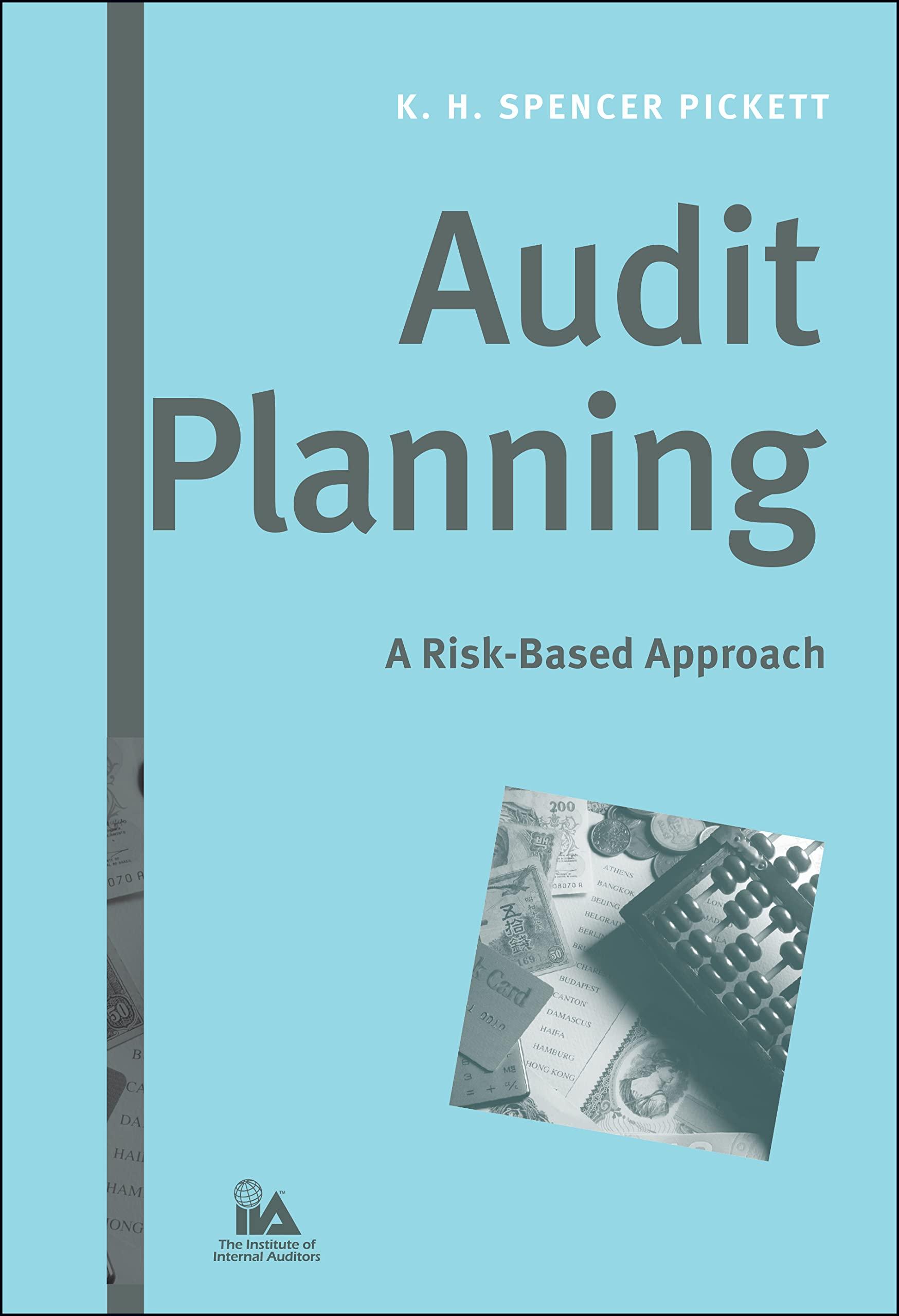Question
HS manufactures components for use in computers. The business operates in a highly competitive market where there are a large number of manufacturers of similar
HS manufactures components for use in computers. The business operates in a highly competitive market where there are a large number of manufacturers of similar components. HS is considering its pricing strategy for the next 12 weeks for one of its components. The Managing Director seeks your advice to determine the selling price that will maximise the profit to be made during this period. You have been given the following data: Market demand The current selling price of the component is $1,350 and at this price the average weekly demand over the last four weeks has been 8,000 components. An analysis of the market shows that, for every $50 increase in selling price, the demand reduces by 1,000 components per week. Equally, for every $50 reduction in selling price, the demand increases by 1,000 components per week. Costs The direct material cost of each component is $270. This price is part of a fixed price contract with the material suppliers and the contract does not expire for another year. Production labour and conversion costs, together with other overhead costs and the corresponding output volumes, have been collected for the last four weeks and they are as follows: Week Output volume (units) $000 1 9,400 7,000 2 7,600 5,688 3 8,500 6,334 4 7,300 5,446 No significant changes in cost behaviour are expected over the next 12 weeks.
SOLVE THIS IN TERMS OF TRANSFER PRICING UNDER PERFORMANCE MANAGEMENT.
Step by Step Solution
There are 3 Steps involved in it
Step: 1

Get Instant Access to Expert-Tailored Solutions
See step-by-step solutions with expert insights and AI powered tools for academic success
Step: 2

Step: 3

Ace Your Homework with AI
Get the answers you need in no time with our AI-driven, step-by-step assistance
Get Started


